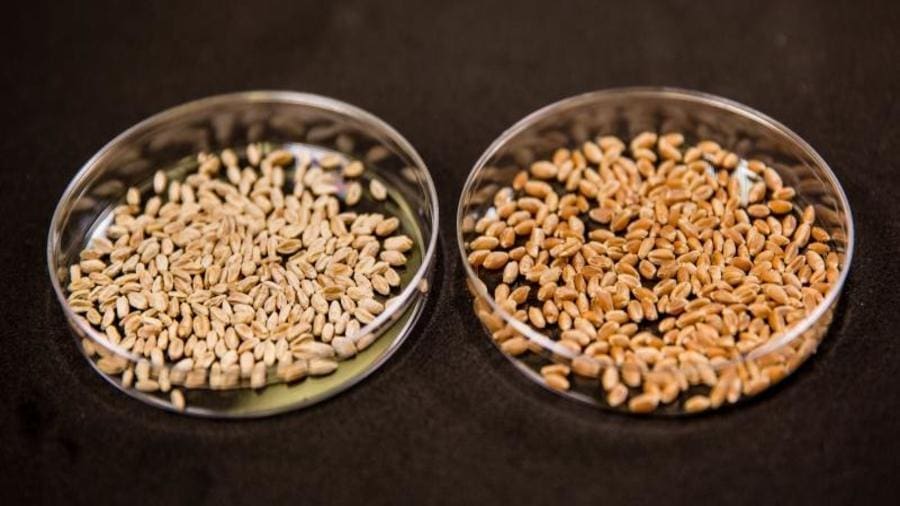GHANA – The Department of Agriculture Engineering in Kwame Nkrumah University of Science and Technology (KNUST) in Ghana has developed the first locally-made grain moisture tester
According to a Ghana News Agency report, the device, known as ‘Grain-Mate Grain Moisture Tester’ is meant to accurately measure the moisture content in grains and animal feed to enhance good storage.
With a lifespan of 10 years, it is expected to provide Ghanaian farmers and other local users with an alternative to the very expensive imported ones, which cost between US$387 (GHc2,000) and US$581 (GHc3,000) on the market

According to him, the use of scientific storage methods especially during
Post-harvest losses due to high moisture content especially in fresh fruits and vegetables often receive the most attention, but cereals, oilseeds and pulses account for more than 60% of the food calories lost globally.
According to the Food and Agriculture Organization (FAO), postharvest losses reduce the income of the continent’s farmers and value chain actors that depend on farmers by about 15 per cent.
Sub-Saharan Africa (SSA) alone loses food grains worth about US$4 billion every year, according to a World Bank report.
Minimizing cereal losses in the supply chain could be one resource-efficient way that can help in strengthening food security, sustainably combating hunger, reducing the agricultural land needed for production, rural development, and improving farmers’ livelihoods.










